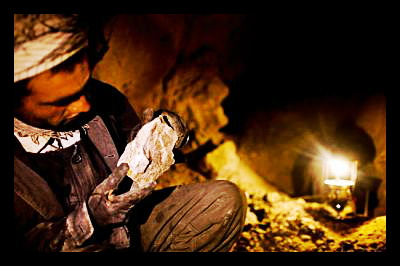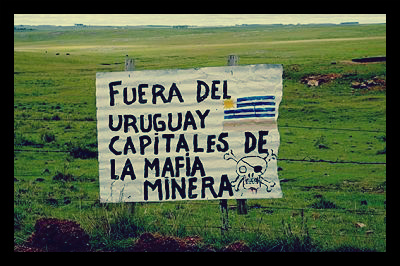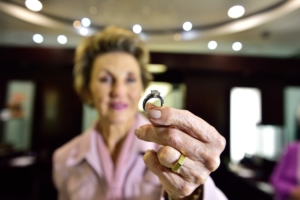 The inhumane conditions of diamond mines have become a widely scrutinized issue in recent years. Critics have labeled these diamonds as “blood diamonds” or “conflict diamonds”. These evocative epithets illustrate the historically exploitative labor practices prevalent among the diamond industry. Due to the growing consumer awareness of unethical mining practices, the criteria for purchasing diamonds have experienced a crucial shift. Since the turn of the century, consumers have largely stopped settling for anything less than ethically produced diamonds. Recently, lab-grown diamonds have emerged as a certifiably ethical alternative to traditionally mined diamonds.
The inhumane conditions of diamond mines have become a widely scrutinized issue in recent years. Critics have labeled these diamonds as “blood diamonds” or “conflict diamonds”. These evocative epithets illustrate the historically exploitative labor practices prevalent among the diamond industry. Due to the growing consumer awareness of unethical mining practices, the criteria for purchasing diamonds have experienced a crucial shift. Since the turn of the century, consumers have largely stopped settling for anything less than ethically produced diamonds. Recently, lab-grown diamonds have emerged as a certifiably ethical alternative to traditionally mined diamonds.
The Rise of the Lab-Grown Diamond
Lab-grown diamonds are synthesized in laboratories with industrial processes that mimic how diamonds form inside the Earth or in outer space. In recent years, scientists have greatly improved the techniques needed to synthetically manufacture diamonds. As recently as the early 2000s, the only lab-grown diamonds available were either very small or tinted with impurities. In the last five years, however, the diamond industry has perfected the synthetic fabrication of diamonds. These technological advancements allow for the production of large, clear stones that bear no significant difference from natural diamonds.
This technological advancement has taken off quickly. In 2016, around a dozen lab diamond growers and sellers formed a trade group called the International Grown Diamond Association (IGDA). The IGDA now has around 50 members. Lab-grown diamonds now account for around 2-3% of the $14 billion diamond market. Some analysts predict that lab-grown diamonds will occupy up to 10% of the market by 2030.
Growing Acceptance of Lab-Grown Diamonds
Large corporations and organizations have made adjustments to welcome the lab-grown diamond into the diamond industry. The Federal Trade Commission has expanded the definition of a diamond to include lab-grown gems. In addition, the FTC has dropped “synthetic” as a recommended descriptor for lab-grown diamonds. The success of lab-grown diamonds has even pushed De Beers Group, the global diamond monopoly which once vowed never to sell man-made diamonds, to create a lab-grown diamond line known as Lightbox Jewelry.
Consumers have also demonstrated their interest in the lab-grown diamond. Primarily, lab-grown diamonds are often cheaper than mined diamonds. This allows consumers to purchase a larger diamond ring than they otherwise would be able to afford. In a 2018 consumer research survey conducted by MVI Marketing, around 66% of millennials said they would consider a lab-grown diamond and 23% said they would definitely buy a lab-grown diamond ring.
Merging Lab-Grown Diamonds and Activism
Several smaller companies that offer lab-grown diamonds have formed as well. These companies utilize their diamonds’ ethical sourcing and sustainability as a major selling point. Additionally, these companies are engaging in many forms of activism. Many of these companies divert a percentage of their profits to poverty reduction and humanitarian efforts around the world.
Collectively, the efforts of these companies will bring more awareness to issues in the diamond industry as well as aid the communities that were directly exploited by unethical mining practices. As technological and industrial capabilities increase, it is hoped that the diamond industry will take advantage and slowly transition away from its dependence on hazardous mines and labor practices.
Lab-Grown Diamond Companies Funding Humanitarian Projects:
- MiaDonna: In 2007, Anna-Mieke Anderson founded MiaDonna. She felt compelled to offer a sustainable alternative to mined diamonds after researching the history of conflict diamonds. In the last three years, this company has dedicated more than 20% of its earnings towards its charity foundation, The Greener Diamond. The Greener Diamond gives back to those harmed by the diamond trade and educates consumers about their role in buying conflict diamonds. In addition, this foundation also funds various initiatives in Liberia, Togo and Sierra Leone that address food insecurity and education.
- BrilliantEarth: Brilliant Earth sells both carefully sourced and lab-grown diamonds. Each year, they pledge 5% of profits towards giving back to mining communities. Presently, BrilliantEarth is funding the Brilliant Mobile School in the Democratic Republic of the Congo. This school serves primary aged students in a mining community. The school aims to educate young children and ultimately expand their economic opportunities beyond working in the nearby diamond mine.
- Do Amore: Do Amore was founded by Krish Himmatramka after struggling to find an ethical and sustainable engagement ring for his girlfriend. His company sells both carefully sourced and lab-grown diamonds. Additionally, Do Amore tries to use recycled materials in both their jewelry and packaging. Their main philanthropic focus is fighting the water crisis. So far, Do Amore has built 39 wells in five nations and helped 9,885 people.
– Antoinette Fang
Photo: Flickr



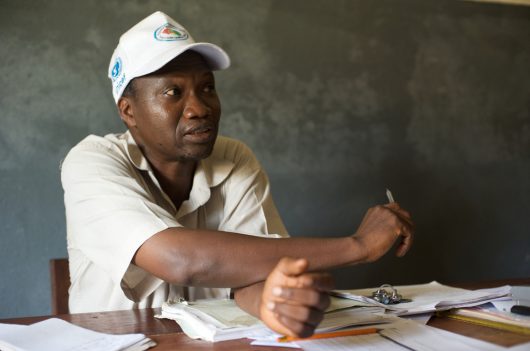
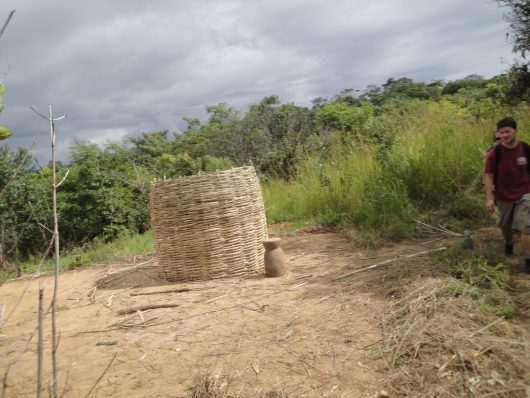
 Tigui Camara, a former model, is one of the youngest mining executives in Africa and the only woman in Guinea with her own mining company. Given that mining in West Africa is predominately run by middle-aged men, the magnitude of Camara’s success is remarkable.
Tigui Camara, a former model, is one of the youngest mining executives in Africa and the only woman in Guinea with her own mining company. Given that mining in West Africa is predominately run by middle-aged men, the magnitude of Camara’s success is remarkable.

